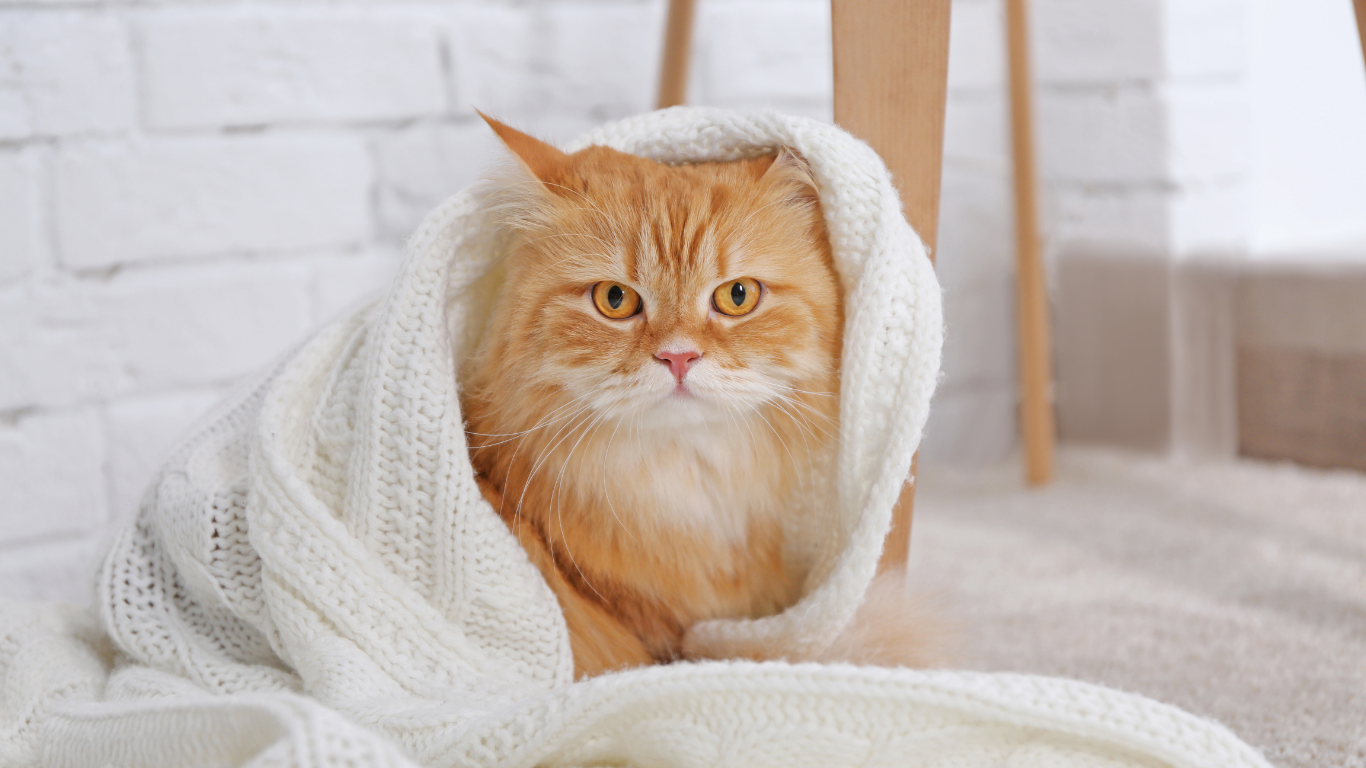Veterinarian Dr. Karin Schlotterbeck explains:

Constipation is common in cats and can be life-threatening if left untreated. However, the main cause of constipation can be counteracted at an early stage through species-appropriate feeding and sufficient exercise.
The normal intestinal passage of the food pulp takes approx. 12-24 hours, so if the food is consumed daily, feces should be passed every 1-2 days.
Constipation occurs when the cat defecates very hard at long intervals, often in small quantities, with great effort. The feces increasingly build up in the middle section of the large intestine and become more and more thickened, creating a vicious circle. If the cat can no longer defecate at all, this is referred to as a so-called coprostasis. As the disease progresses, a megacolon forms, which means that the intestine expands massively due to the large amounts of feces that have accumulated. If you don't take various measures to dissolve the coprostasis, the intestine can become damaged and no longer contract properly to its original size. This leads to a reduction in intestinal motility in this section of the intestine.
How does constipation appear in cats?
Symptoms can be:
- Vomit
- Stomach pain (cat doesn't like being touched on the stomach)
- Loss of appetite
- weakness
- Unsuccessful attempt to defecate
- Discharge of small hard balls of feces also next to the litter box
What are the possible causes of constipation?
- Lack of exercise and overweight (obesity)
- Lack of water intake
- Lack of swellable plant fibers in the feed
- Stress, for example due to a change of location or the arrival of a new family member
- unclean litter boxes
- Pain (due to osteoarthritis, old poorly healed pelvic fractures or abdominal pain)
- Constrictions in the intestines caused by tumors or foreign bodies
- Accumulation of hair in the intestine, which is absorbed during grooming and becomes clumps of hair in the intestine
- Taking certain medications
- Chronic kidney disease and diabetes
Older and overweight cats are particularly affected by constipation and more males than females.
How does the vet make the diagnosis and how does he help the cat?
The veterinarian will ask the owner very carefully about the patient's medical history and carry out a thorough general examination of the patient. He will probably notice a hard stomach and a thickened intestine when palpating the abdomen and possibly dehydration and circulatory problems. He will then use the x-ray to determine the severity of the constipation and take appropriate further measures.
What happens during surgery for constipation?
Depending on the severity, an attempt is initially made to induce bowel evacuation without anesthesia. If this is not successful, a thorough intestinal lavage under anesthesia is necessary, combined with a blood test and intravenous infusion.
If all of this no longer helps because an irreversible megacolon has developed, the constipation can only be remedied with a good prognosis by removing the affected section of the intestine.
After the operation, good feeding and weight control are crucial in order to avoid new constipation.
What can you do to prevent it?
As a prophylactic, the animal owner is recommended to counteract constipation by adding oil (e.g. linseed oil), butter, milk, cream, fiber (e.g. psyllium husk) or milk sugar (lactulose, orally administered laxative), ready-made food rich in fiber and more exercise.
Page break
Finally, it can be said that it is not always possible to distinguish whether a cat is unsuccessfully trying to defecate or urinate (e.g. due to obstruction of the urethra by urine grit or urinary stones ). Therefore, if you experience any symptoms, you should consult your veterinarian immediately.










